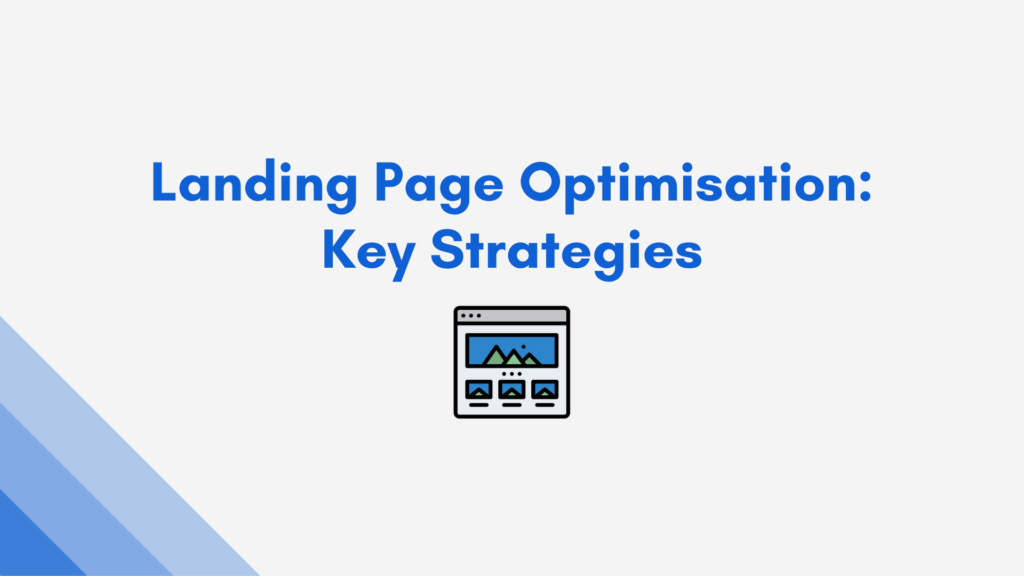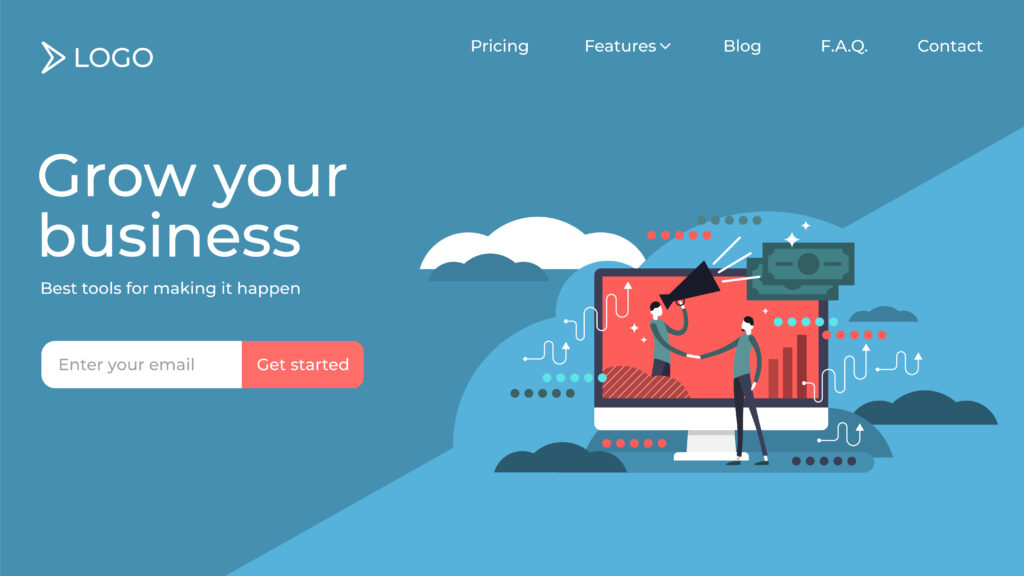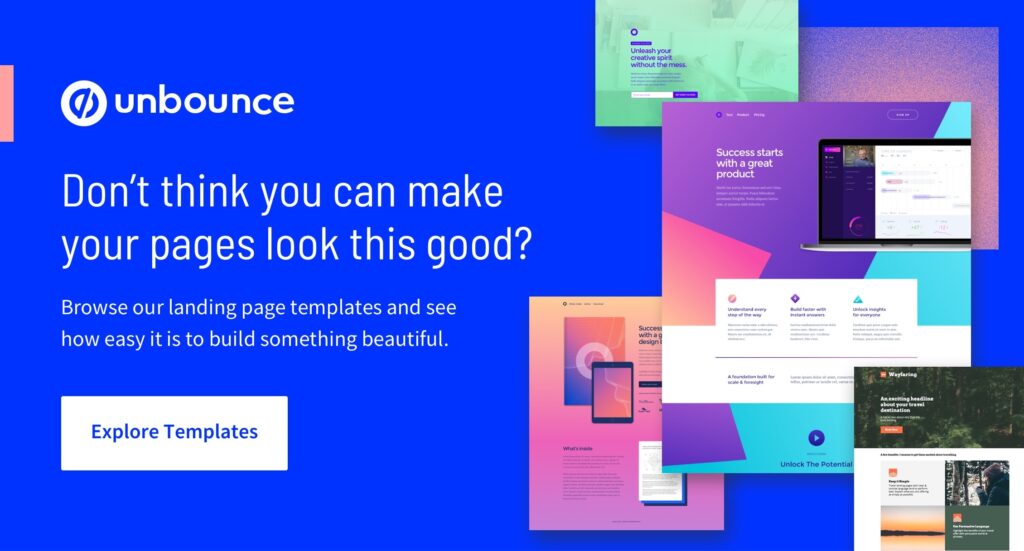Landing Page Optimization: Key Strategies

In today’s digital age, having an effective landing page is crucial for any business looking to maximize its online presence. A well-optimized landing page can significantly improve conversion rates, turning visitors into customers. This blog will explore key strategies for landing page optimization, providing you with actionable insights to enhance your website’s performance.
Introduction
Landing pages are the cornerstone of online marketing campaigns. They are designed to capture leads, drive sales, and increase brand awareness. However, creating a landing page is just the beginning. To truly reap the benefits, it’s essential to optimize these pages for maximum conversion rates.
Understanding Landing Pages
A landing page is a standalone web page created specifically for a marketing or advertising campaign. It’s where a visitor “lands” after clicking on a link from an email, ad, or other digital source. Unlike other web pages, landing pages are designed with a single focus or goal, known as a call to action (CTA).

Importance of Conversion Rates
Conversion rate is the percentage of visitors to your landing page who complete the desired action, such as filling out a form, signing up for a newsletter, or making a purchase. High conversion rates indicate that your landing page is effective at persuading visitors to take the desired action.
According to HubSpot, the average landing page conversion rate across industries is 9.7% . However, with the right optimization strategies, it’s possible to achieve even higher rates.
Key Strategies for Landing Page Optimization
Clear and Compelling Headlines
The headline is the first thing visitors see when they land on your page. It should be clear, compelling, and directly related to the content of your ad or link. A good headline grabs attention and makes visitors want to stay and learn more.
Tips:
- Keep it short and to the point.
- Use strong, action-oriented language.
- Make sure it aligns with the visitor’s expectations.
Effective Use of Visuals
Visuals can significantly impact the effectiveness of your landing page. High-quality images, videos, and infographics can make your page more engaging and help convey your message quickly.
Tips:
- Use relevant and high-quality images.
- Include videos to explain complex concepts or showcase products.
- Ensure visuals load quickly to avoid slowing down your page.

Strong Call-to-Actions (CTAs)
Your CTA is the key to converting visitors. It should be prominently displayed and encourage users to take the desired action. The wording, color, and placement of your CTA can all influence its effectiveness.
Tips:
- Use action-oriented language (e.g., “Get Started,” “Sign Up Now”).
- Make it stand out with contrasting colors.
- Place it above the fold and at multiple points on the page.

Mobile Optimization
With the increasing use of mobile devices, it’s essential that your landing page is optimized for mobile users. A mobile-friendly design ensures that visitors have a good experience regardless of the device they’re using.
Tips:
- Use a responsive design that adapts to different screen sizes.
- Simplify navigation and minimize the need for scrolling.
- Ensure buttons and links are easily clickable on small screens.
Fast Loading Times
Page loading speed is critical for both user experience and SEO. According to Google, 53% of mobile users abandon a site if it takes longer than three seconds to load . Optimising your landing page for speed can reduce bounce rates and improve conversions.
Tips:
- Compress images and use efficient coding practices.
- Leverage browser caching and content delivery networks (CDNs).
- Minimize the use of heavy scripts and plugins.
A/B Testing

A/B testing involves creating two versions of your landing page (A and B) and testing them against each other to see which performs better. This method helps identify what elements of your page are most effective at driving conversions.
Tips:
- Test one element at a time (e.g., headline, CTA, images).
- Conduct tests to refine and improve your landing page.
Social Proof and Trust Signals
Social proof, such as testimonials, reviews, and trust badges, can significantly enhance your landing page’s credibility. People are more likely to take action when they see that others have had positive experiences with your product or service.
Tips:
- Include customer testimonials with names and photos.
- Display ratings and reviews prominently.
- Add trust badges (e.g., secure payment, industry certifications).
Minimalist Design
A cluttered landing page can overwhelm visitors and distract them from your main message. A minimalist design focuses on simplicity and clarity, making it easier for visitors to understand your offer and take action.
Tips:
- Use plenty of white space to create a clean look.
- Limit the number of form fields and distractions.
- Focus on a single CTA to avoid confusing visitors.
Personalization
Personalizing your landing page can create a more relevant and engaging experience for visitors. Personalized content can increase conversion rates by making visitors feel understood and valued.
Tips:
- Use dynamic content to tailor the page based on user behavior or demographics.
- Address visitors by their names if you have that information.
- Create different landing pages for different audience segments.
Analytics and Continuous Improvement
Monitoring the performance of your landing page is crucial for ongoing optimization. Use analytics tools to track key metrics such as conversion rates, bounce rates, and time on page. Regularly review this data to identify areas for improvement.
Tips:
- Use tools like Google Analytics to track performance.
- Set up conversion tracking to measure the effectiveness of your CTAs.
- Regularly update and optimize your landing page based on data insights.
Conclusion
Landing page optimization is a continuous process that involves testing, analyzing, and refining various elements to maximize conversion rates. By implementing the strategies outlined in this blog, you can create a highly effective landing page that drives more conversions and helps you achieve your business goals.
Remember, the key to a successful landing page is understanding your audience and providing a clear, compelling, and user-friendly experience that encourages visitors to take action.







